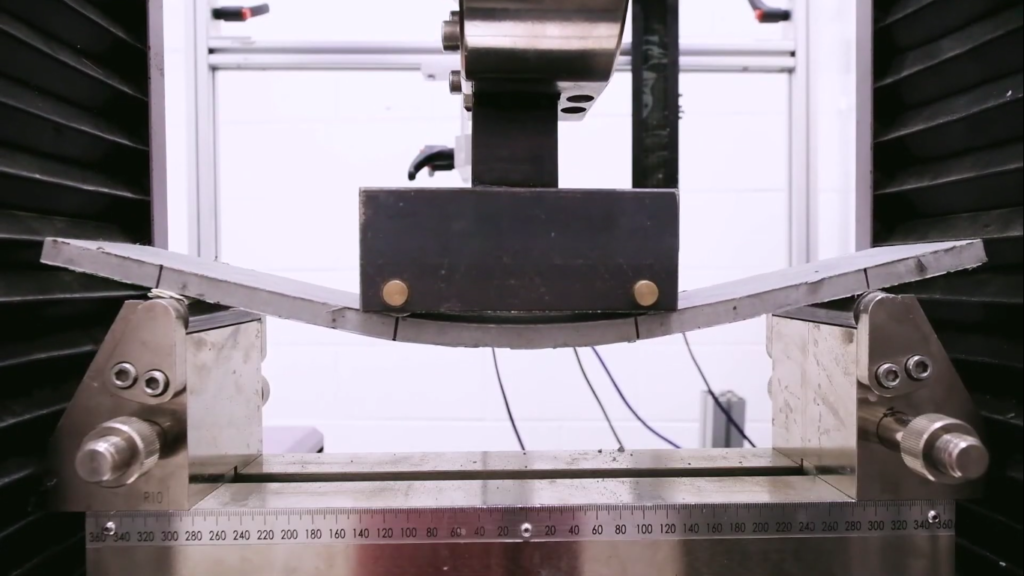The material is cement free and produced from industry waste ashes at room temperature, reducing carbon dioxide emissions
Concrete is one of the most widely used materials in construction because of its incredible strength under stress. However, current constructions are vulnerable to lateral forces, such as the forces they are subjected to during earthquakes. Researchers at Swinburne University have developed a new type of concrete that resists bending and does not require cement during production, making it environmentally friendly.
Recent decades have seen a strong development of new alternative materials to concrete, such as the concrete-wood composite. However, the unresolved problem is the low resistance to lateral forces and the high amount of energy required for production. The new material is obtained by replacing cement with industrial waste products such as fly ash and airborne debris.
The production of the new concrete takes place at room temperature and requires 36% less energy and emits 76% less carbon dioxide than traditional concrete. The product therefore respects the environment more, as described in the work published in the journal Construction and Building Materials. Laboratory tests show that the material is 400 times more flexible than ordinary concrete and maintains the same strength under vertical forces.
Another interesting aspect is the degradation mechanism under stress. Instead of breaking sharply and suddenly, the concrete shows very small fractures, which allows it to retain its physical properties. This aspect is very interesting for possible use as a construction material in seismic risk areas, being able to withstand high stresses without weakening.
